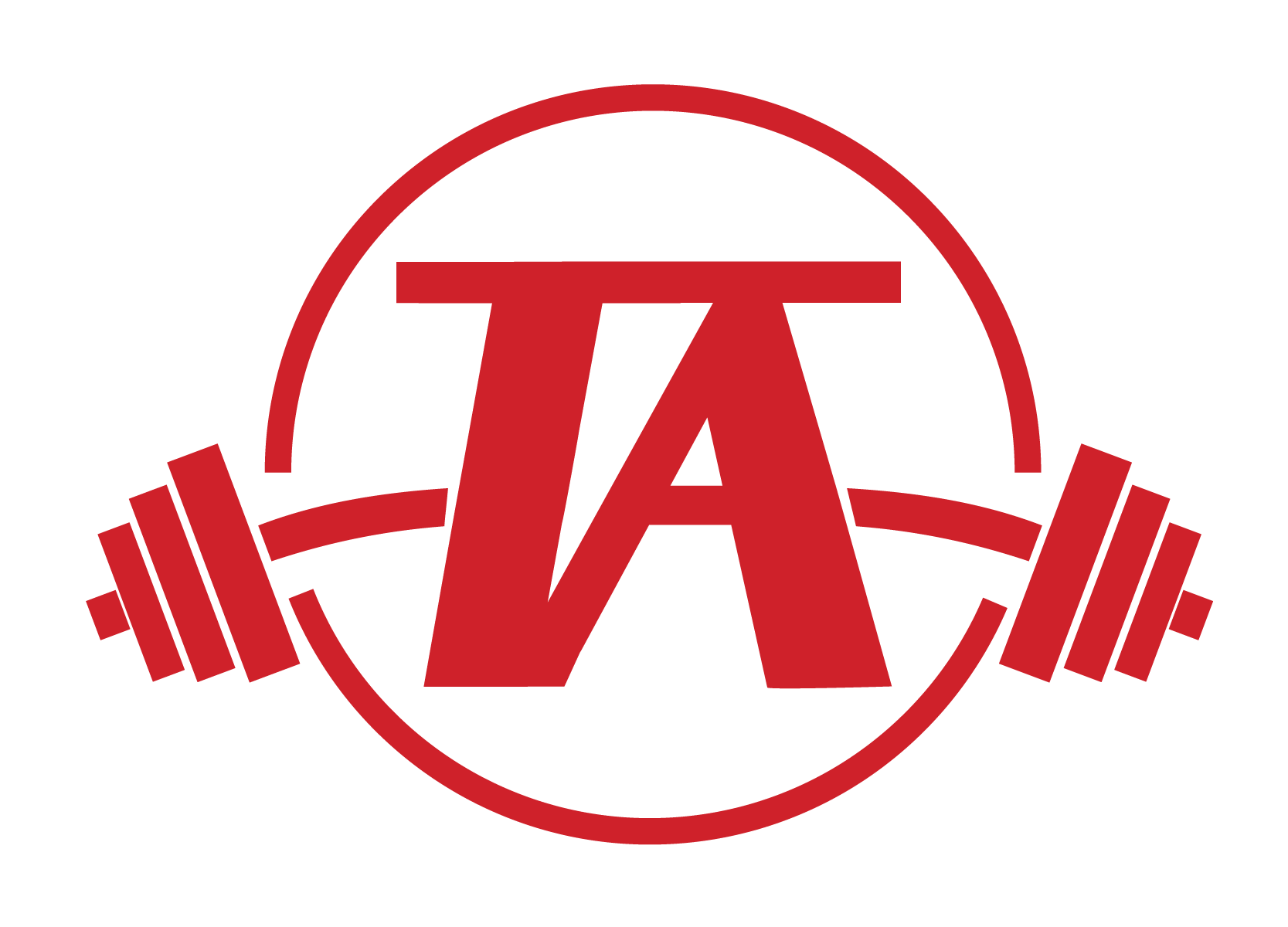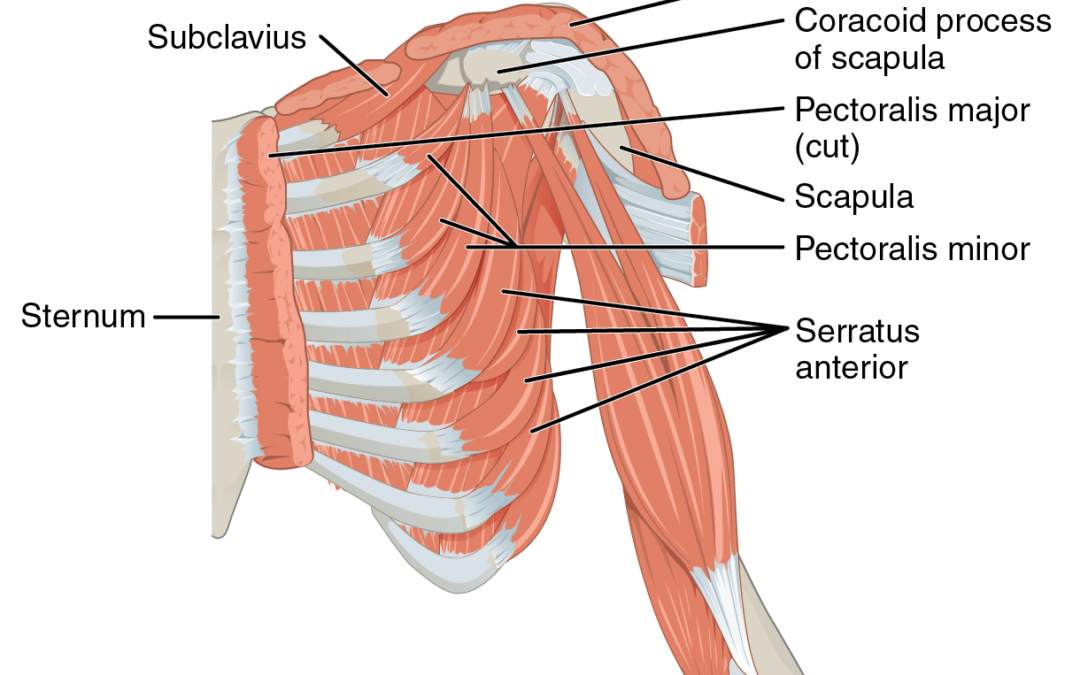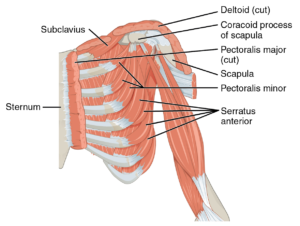Throughout my articles I’ve written often about horizontal abduction (scap load) and its importance to throwing velocity. For many pitchers, problems related to horizontal abduction come in two different forms. One problem is a lack of range of motion (ROM) through horizontal abduction leads to compensations during the throwing motion and ultimately reduced velocity. The other issue stems from pitchers having plenty of ROM but poor patterning which limits horizontal abduction during the throwing motion, also limiting velocity gains.
This is one of the reasons why a movement screen and mobility assessment is essential prior to designing any athlete’s training program. If ROM is restricted, all of the patterning work in the world is unlikely to change the athlete’s pattern as they are physically unable to get into that position.
What is a “pushing” arm action?
Elbow extension is part of every throwing motion to some degree; however, it should not dominate the throwing motion. To put it simply, we want to allow our larger muscles (pecs and lats) to do their jobs and allow the smaller muscles to assist. The pecs and lats are extremely active during the acceleration phase of throwing, but if significant horizontal abduction is not present there is little pre stretch on the pec, reducing its ability to produce concentric force (shortening of the pec as the baseball is accelerated).
A simple way to think of horizontal abduction is, the movement of the arm away from the midline of the body while parallel to the ground.
Horizontal adduction is the opposite; the movement of the arm towards the midline of the body while parallel to the ground.
A “pushing” arm action is a pattern that is dominated by elbow flexion and extension, rather than allowing horizontal abduction and adduction to pull the forearm and baseball through in relaxed external rotation (layback) into internal rotation.
So how do you correct this?
Soft Tissue Work
One valuable tool is manual therapy. A qualified manual therapist (most physical therapists do this as well) can help improve ROM in horizontal abduction by doing some targeted work on the pectoralis minor.
Having a manual therapist work on this is superior to self myofascial release (SMR) due not only to their expertise, but also their ability to get to the pec minor. The pec minor is underneath the pec major, which can make it challenging to get to on your own. However, if manual therapy is out of your budget or difficult to find, SMR is the next best solution for targeted soft tissue work. Give this barbell pec smash a try:
Mobility Drills
Along with targeted soft tissue work it’s important to actively work through your improved ROM with mobility drills. There are a few drills I like for this, but here is one I created that I’ve been using for myself and my athletes with some success:
Patterning Drills
Once we’ve worked on the actual ROM, it’s time to start improving the arm path. While I think “feel” can be a difficult concept for many throwers who don’t have a lot of experience with patterning drills, “feel”, combined with constraints (basically guardrails that force athletes to find their most efficient solution to a movement problem) can be helpful for going from a “pushing” to a “pulling” arm action.
When doing drills to improve arm action we want to set ourselves up for success by starting in a position that will put a slight stretch on the pec, and allow us to relax into external rotation. From there, we’re just trying to feel ourselves pulling the forearm and baseball through.
Check out this video for a deeper explanation and two drills to try.
Resources
Featured Image:
“Figure 1 (The muscles that stabilize the pectoral girdle make it a steady base on which other muscles can move the arm).” by OpenStax. CC by 4.0


